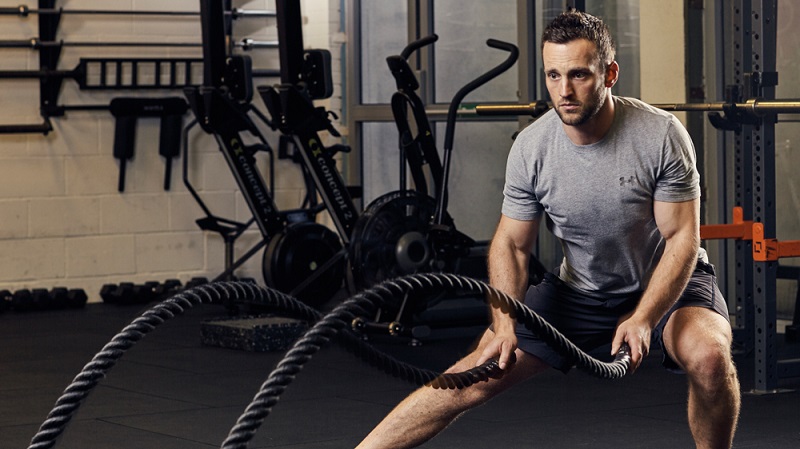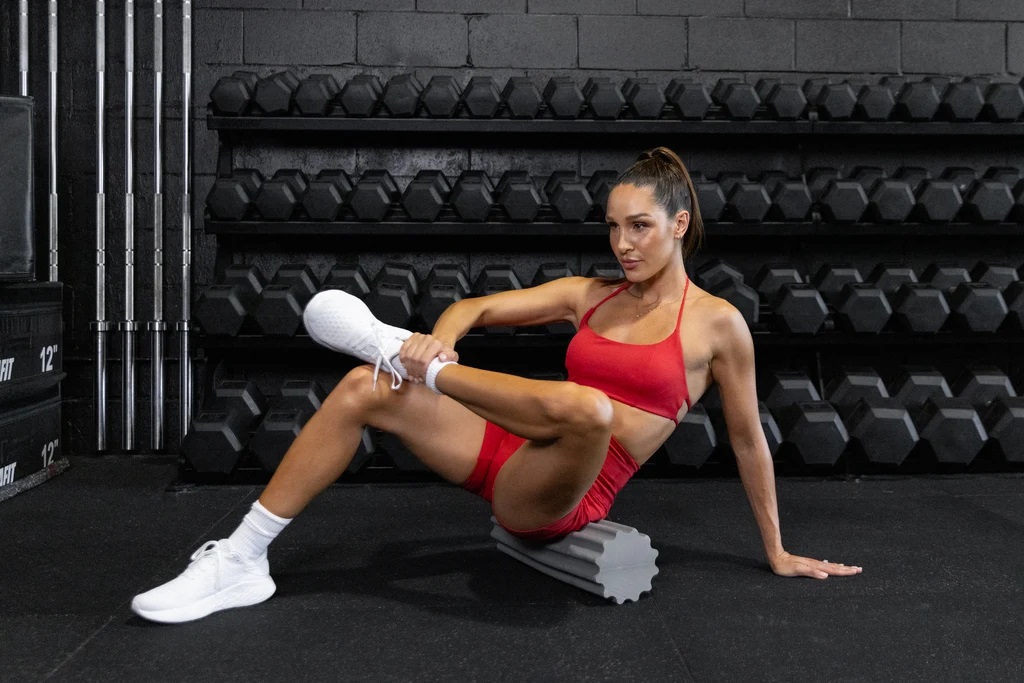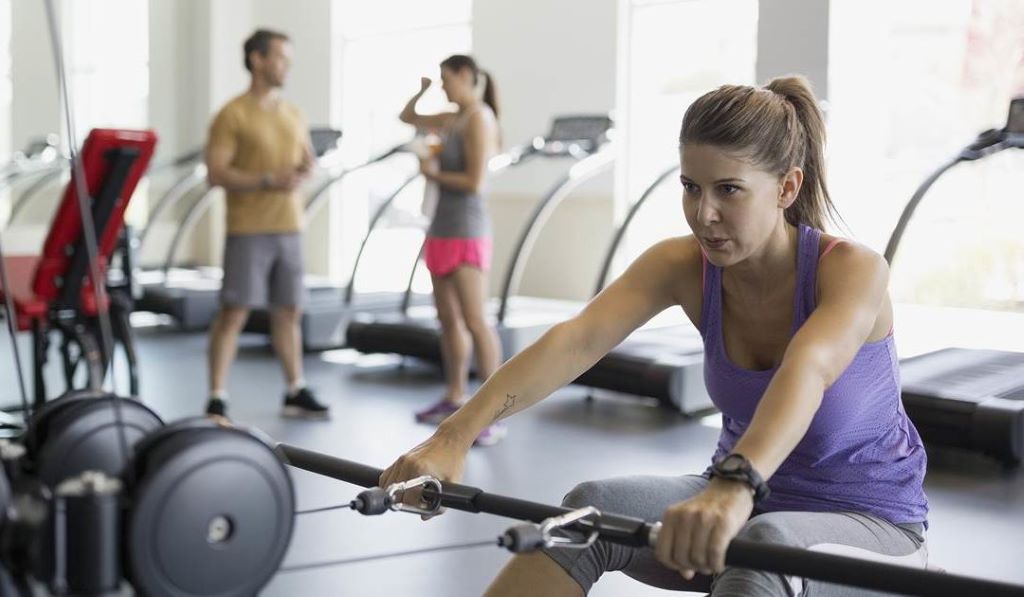Think of fast, effective training, for which you do not need a lot of material and that can be carried out anywhere. It seems impossible? A simple jump rope workout has all of these characteristics, yet is ignored by many people.
Jumping rope will help us to get our hearts ready, to work our coordination, and improve the tone of our legs and our shoulders. We tell you everything you need to know before getting fit jumping rope.
Contents
What type of rope do I choose?
One of the best things about jumping rope is that all you need (the rope, of course) is a material that is very accessible for your pocket, which you can store in any corner and that you can take anywhere since it is very simple. to transport.
Now, how does the rope with which we jump have to be? The most important thing to keep in mind before starting to train with the rope is that it is adjustable: you must be able to lengthen or shorten it depending on your height in order to jump comfortably and with greater safety.
Most of the strings on the market have the possibility of lengthening or shortening them in the area of the handles in an easy and fast way. If your rope does not allow it, you will have to wrap it in your hands until you get the desired length.
Regarding the material of the rope, we have different possibilities:
Speed cords made with nylon coated cable:
they are generally used in competition (in CrossFit competitions, for example) as they are very fast. In these events, the aim is to complete a specific number of jumps in the shortest time possible, which is why these types of ropes are usually the most appropriate. In addition, they usually have handles made of light materials such as aluminum and bearings to facilitate the movement of the rope.
Plastic or PVC ropes:
They are not as light as cable ropes, but they are ideal if you are starting to train jumps (as well as being quite cheaper). The handles are usually plastic and are not Omnidirectional, so they can be more uncomfortable.
Woven ropes:
if you have rhythmic gymnasts in mind, the ropes they carry in the exercises are woven ropes. They are very heavy ropes that will make your jumps slower and load your shoulders quite a bit. If you are starting and this is the one you have at your disposal, you can start with it without problems.
How to prepare to jump rope
Now that you have your rope, the first thing you have to do is adjust its length to be able to train with it. As we said, the length of the rope is measured based on your height. All you have to do is fold it in half, step on it in the middle with one of your feet while standing with your feet together, and measure the ends with the string stretched to about your armpits.
If you keep it shorter, you will have to move your arms excessively to be able to rotate the rope and it is very possible that you will hit your shins more than necessary (you will hit yourself sometime, sure, but at least they are the least possible). If you leave it too long, jumping will be extremely and unnecessarily difficult.
Jumping rope like a boxer: the keys to achieving it
Before starting to jump, you should do a little warm-up by mobilizing the joints, especially the wrists and ankles, which are the ones that will carry a greater workload in this type of training.
To mobilize the wrists, you can perform circles in both directions with both hands and you can also flex and stretch the joint by exerting light pressure with the other hand. For your ankles, flex and extend the joint while keeping your foot in the air.
The correct technique for jumping rope
Jumping rope may seem like a simple exercise but like everything else. It requires your technique to do it correctly and thus minimize the potential risks of pain or injury.
Place your bent elbows close to your sides – they shouldn’t move from there while you’re jumping. This means that the movement that we give to the rope so that it moves originates from our wrists, not from our shoulders. The shoulders do not circle to rotate the rope, nor do the forearms move up and down. All movement flows from the wrists.
Always land on the balls of your feet: do not land on the ground with your feet flat. As this can cause damage to the knees mainly. Push off from the balls of your feet and land on it, always keeping your knees slightly bent, never stiff.
Activate your core to maintain good posture: as the seconds go by and when fatigue begins to appear. It is very typical that we bend forward, hiding the chest and rounding the dorsal area. To avoid this, try to keep your back straight, doing an axial stretch (try to get your head high while pushing the ground hard with your feet when touching it).
What exercises can I do jumping rope?
The most common thing in training with a jump rope is to do them by time. As if it were a HIIT, with a work time in which we are jumping all the time and a small incomplete rest time to take the air.
You can start with a simple four-minute Tabata of normal jumping (feet together): eight 20-second sets of work in which we are jumping, separated by 10-second breaks in which we stop jumping. If this is not enough for you, rest a minute at the end of the Tabata and start with another.
In addition to the normal jumps with the feet together, we can also perform other types of jumps. The best known are the double under, very typical of CrossFit which. As their name suggests, consists of making the rope pass twice under our feet in the same jump. To do them you will need a speed rope. How many double unders can you chain in a row?
Another possibility is to jump only on one leg, as if we were jumping on one leg, then move on to the other, or alternate left and right leg. We can also cross the rope ahead before it passes under our feet.
You can perform all the combinations that you can think of to create your own training. Thus, jump rope training becomes a fast, effective, and fun routine.



